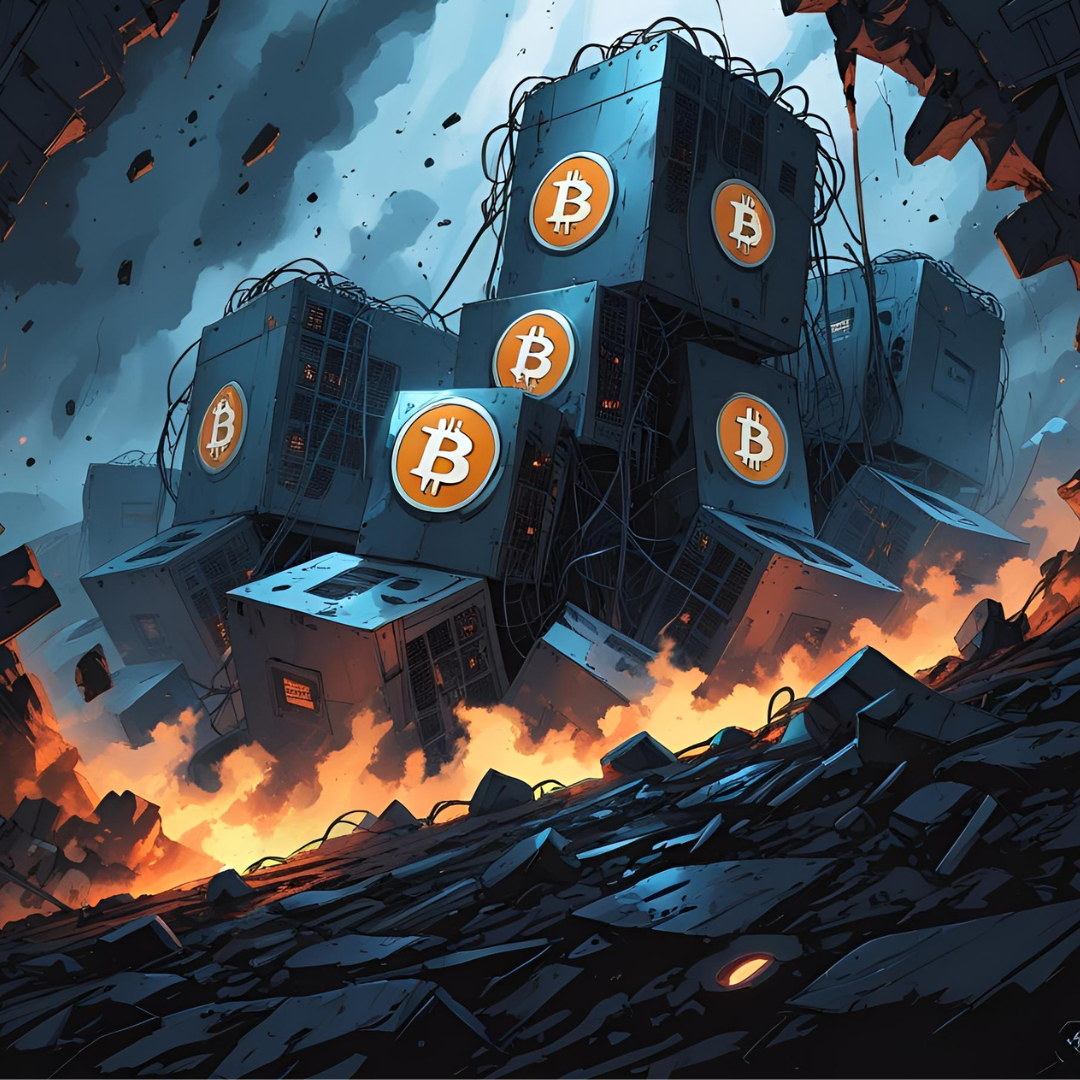The Backbone of Bitcoin
Bitcoin mining is far from glamorous. Unlike the speculative excitement around Bitcoin price movements, mining is a capital-intensive, logistics-heavy business with real infrastructure and global trade complexity behind it. Without mining, there is no Bitcoin — yet the industry remains underappreciated outside its core community.
Mining hardware is at the heart of this business. The journey of a single mining machine — from manufacturer to a working data center — involves manufacturers, secondary market brokers, logistics providers, customs agencies, and final-mile delivery. It’s a supply chain maze that requires meticulous coordination. Only when the hardware is racked, powered, and signed off can it start contributing to the Bitcoin network.
Why Mining Instead of Just Buying Bitcoin?
For many investors, buying Bitcoin on an exchange seems easier than setting up mining operations. However, miners with access to cheap power or specialized expertise can operate profitably, mining Bitcoin at a lower cost basis than the market price. Beyond economics, mining remains an ideological mission for some, contributing to network security and decentralization.
The Tariff Effect: Disrupting the Market
The 2024–2025 tariff changes hit the mining hardware sector hard. With sudden policy shifts, importers scrambled to move hardware stock into the U.S. before new tariffs came into effect. Customs declarations, freight forwarding, and warehouse operations turned into a logistical race against time.
Uncertainty remains a major challenge. Even though courts recently suspended some of the new tariffs, appeals and further legal actions are likely. Tariff rates have proven difficult to predict, adding complexity to cost modeling for both large-scale miners and small investors.
Who Pays the Tariff?
In practice, the importer of record — whether a manufacturer, distributor, or end buyer — bears the official cost. However, that cost inevitably gets passed down the chain to end customers. For Bitcoin mining hardware, this means either higher procurement costs or reduced liquidity on the market, especially for new equipment.
With uncertainty looming, many miners shifted toward sourcing equipment already located in the U.S., where import costs are known and risks are reduced. Others turned to alternative regions with more favorable trade environments.
Shifting Supply Chains and the Global Market
Trade disruptions have triggered a geographic shift. More miners are exploring sites outside the U.S., moving hardware into mining-friendly jurisdictions in Latin America, Africa, and the Middle East. Local governments in regions like the Middle East have shown active support for mining, creating new industry hubs.
This shift also reflects in the hardware trade: as uncertainty grows in the U.S., liquidity in other markets increases. Yet, operating outside the U.S. brings its own risks — from unstable regulations to geopolitical concerns.
Mining and AI: A Converging Infrastructure
The explosive growth of AI data centers introduced new dynamics into the power market. With AI’s growing appetite for computing power, energy prices are rising, which directly affects mining profitability.
Some large miners have begun pivoting towards AI-hosting services, leveraging their expertise in high-density infrastructure. While AI data centers demand more capital and technical complexity than traditional mining operations, the overlap in skills — power management, cooling solutions, data center maintenance — provides a viable diversification path.
However, entering the AI market isn’t easy. For smaller miners, capital requirements and technological barriers make such pivots unrealistic. For large public companies, adding AI hosting helps diversify revenue streams and stabilize investor sentiment, especially ahead of future Bitcoin halvings.
The Halving Effect and Industry Consolidation
Every four years, Bitcoin mining rewards are halved, putting immense pressure on miners to optimize costs and scale operations. The next halving in 2028 will likely accelerate consolidation in both the mining and hardware manufacturing sectors.
Manufacturers are already adapting. Some offer server-style ASICs designed for traditional data centers, making Bitcoin mining increasingly similar to standard data center operations. Cooling technologies like hydro and immersion cooling are also gaining traction, driven by the need for efficiency and scalability.
Hardware Trends: Air-Cooled, Hydro, or Immersion?
Air-cooled miners still dominate the market due to their simplicity and familiarity. Yet, demand for hydro and immersion-cooled machines is steadily growing, particularly among industrial-scale miners. Manufacturers like Bitmain have heavily invested in hydro systems, with continuous iterations to improve performance and reliability.
Direct chip cooling — a technology explored in high-performance AI computing — may also influence future mining hardware designs. As chip sizes shrink and efficiency becomes paramount, mining equipment will likely evolve to resemble traditional server infrastructure.
Will Bitcoin Ever Move Away from Proof of Work?
Despite occasional speculation, the consensus within the mining community remains firm — Bitcoin’s proof of work mechanism is fundamental. Unlike Ethereum, which successfully transitioned to proof of stake, Bitcoin’s value proposition lies in its energy-backed security model.
Mining converts real-world energy into digital economic value, anchoring Bitcoin’s role as both a currency and a store of value. As such, moving away from proof of work remains highly unlikely, especially in the foreseeable future.
Mining as an Evolving Infrastructure Business
Bitcoin mining is increasingly converging with traditional data center operations. What started as a niche, garage-based activity is transforming into a capital-heavy, infrastructure-driven industry with global reach.
In a world of tariffs, shifting supply chains, rising power costs, and evolving technology demands, mining companies must be agile. Whether through diversification into AI hosting, exploring new regions, or adapting to the latest hardware trends, success in mining today means thinking beyond just hashing power.
Bitcoin mining isn’t just about earning rewards — it’s about building sustainable infrastructure for the decentralized future.
Follow the link to watch the full video.



